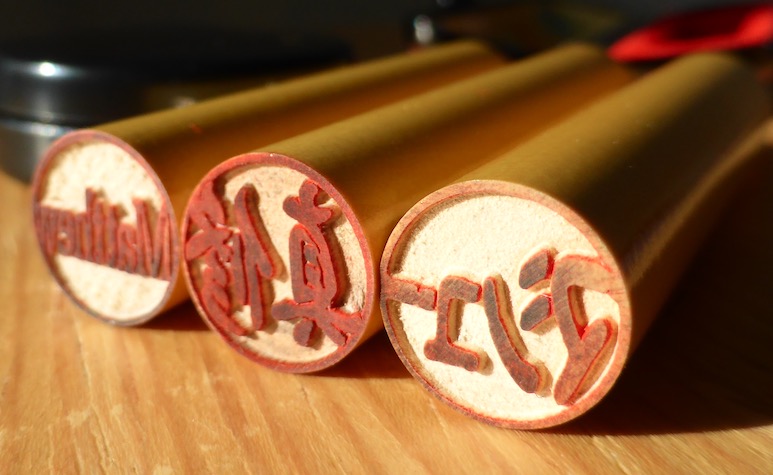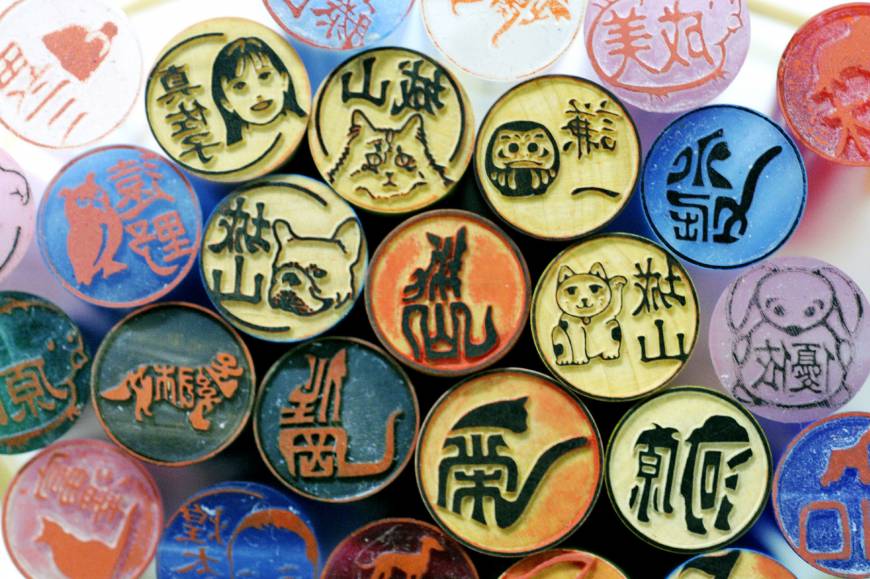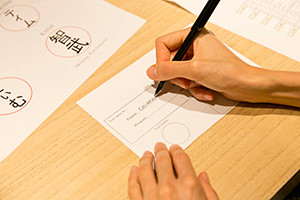If you could name only one country with the most fascinating culture, then you would probably have to say Japan. Its world-renowned cuisine, traditional arts and fashion, and creative anime and mangas make it one of the most culturally rich destinations in the world.
And one big part of Japan’s lifestyle is the use of the “hanko” or personal stamps.
The history and uses of the ‘hanko’
First introduced by the Chinese during the Kamakura period (1185-1333), the Hanko comes in a variety of shapes and designs. It was initially made out of plastic or wood and it uses “shuniku” or red ink pad to create marks called “Inkan”.
These seals are classified into three types: “Jitsuin” ( an officially registered seal), “Ginkōin” (a seal for bank transactions), and the “Mitomein” ( a seal for regular use).

The first is the Jitsuin, which is only used for official documents like real estate and car purchases, loans, and other contract-bound agreements. Hence, only legal residents of Japan, who are 15 years old and above can acquire the official seal.
The second is the Ginkōin, which is designed for opening a bank account. It is sometimes allowed to be used in selected financial institutions outside of Japan.
The last is the Mitomein, which is used for secondary documents like application forms and delivery or package receipts. This later turned into a novelty trend when some stores decorated these stamps with popular designs – the “lacquer and washi paper” design for women and the water buffalo horn image for men.

Some residents in Japan, however, opted to engrave their name using the Roman alphabet or native katakana syllabary on these stamps. But they must keep in mind the most important rule in acquiring a hanko – include 4 to 5 characters of your Japanese moniker. This consists of characters from either your first name or surname in order to avoid counterfeit.

Why is Japan removing the hanko?
Recently, it was reported that Japanese banks will stop using the hanko in order to increase efficiency. Without hankos, more Japanese employees will be able to conduct their work digitally without the hassle of paperwork.
In fact, the country’s major lender, Mitsubishi UFJ Financial Group Inc., has already started the shift by replacing their tellers with electronic gadgets such as tablet computers and remote video connections. According to a report from Bloomberg, the institution aims to promote easy banking to customers through digital platforms and devices.

Will the use of the hanko stamp still be remembered as a major part of Japan’s business culture or will it only be considered as novelty seals and souvenirs? Tell us your thoughts in the comment section below.
InqPOP! Stories we think you might also like:
Officials issue fair warning to visitors not to irritate deer in an animal park in Japan
Peanuts fans can finally run a marathon in Japan’s ‘Snoopy-shaped’ route
This lifesaving makeshift faucet helped Tokyo, Japan conserve water


